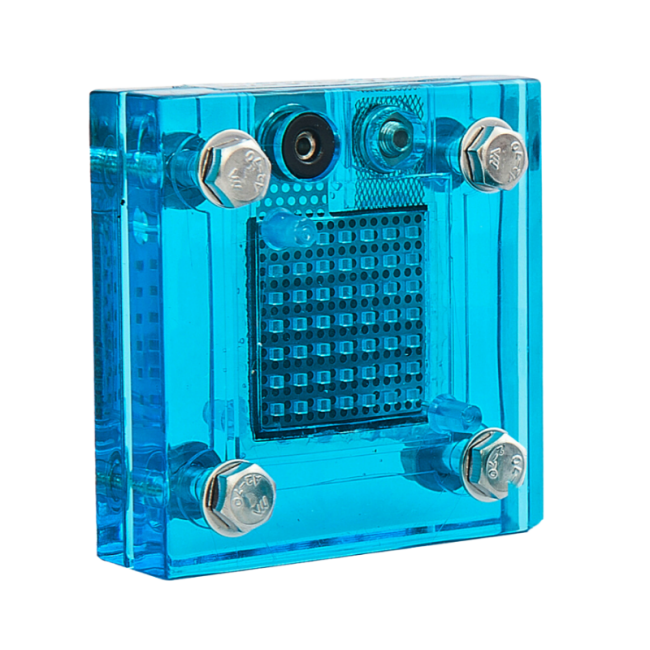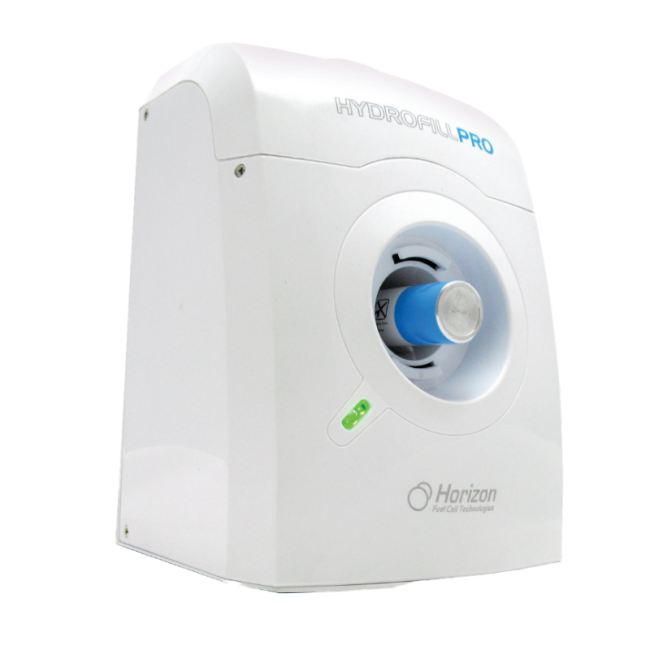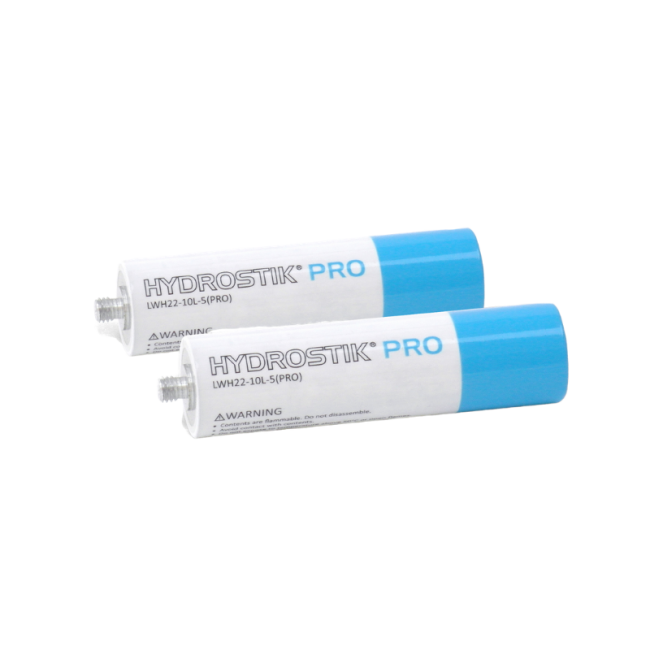The Best Hydrogen Generators Around Today
Introduction
Hydrogen generators are fast becoming popular globally. Offering the ability to create pure hydrogen by splitting water, these next-gen machines are seen as key to the future energy transition. But how much do these gadgets actually cost? And which type of hydrogen generator meets your needs? In this article, you’ll find a complete overview of the best systems on the market today, as well as some larger-scale projects industries are using to create green hydrogen.
What are hydrogen generators?
A hydrogen generator is also called an ‘electrolyzer’. This is because the fundamental process that happens inside these systems is called electrolysis. By passing an electrical current through pure water, electrolysis spits H2O into hydrogen (H2) and oxygen (O2). This hydrogen is then readily available to be stored, transported or distributed to locations where it can be used in fuel cells to generate power.
PEM Blue Electrolyzer
Interested in teaching students about the cutting-edge technology behind the clean energy revolution? The PEM Blue Electrolyzer may be your solution. This 2 inch x 2 inch system is able to demonstrate the complete workings of a larger hydrogen generator – just on a small, classroom-size scale. Students can learn about the scientific processes of electrolysis while also gaining skills like teamwork and real-world problem-solving. What’s more? While a full-size electrolyzer costs thousands of dollars, the PEM Blue Electrolyzer starts at $ 65 USD. This means you can demonstrate the technology without breaking the bank.
One way this electrolyzer is used in the real world is in something called a DIY Fuel Cell Car. Students create their very own hydrogen from the system before using it to power a mini fuel cell that powers a table-top race car. They’re therefore exposed to the fundamentals of hydrogen technology while learning things like mechanical engineering and electrical circuits, while also being exposed to the opportunity to collaborate and work in a team.
Hydrofill Pro
Looking for something more powerful? The Hydrofill Pro can generate up to 3L/hr of pure hydrogen via electrolysis. This allows for hydrogen on-demand that can be used to power a variety of science experiments and learning activities. The hydrogen created is pumped into something called a Hydrostik Pro (a thumb-size metal cartridge capable of holding over 10L of hydrogen gas). You can then use this Hydrostik to fuel hydrogen-powered RC cars, or even a mini turbine, demonstrating how chemical energy can be converted into electrical energy. In fact, a single Hydrostik contains enough hydrogen to deliver up to 1 hour of power at 10W, and it can be recharged up to 100 times.
Prices for the Hydrofill Pro generator start at around $ 1,400 USD.
100MW PEM Electrolyzer, Egypt
One of the largest hydrogen projects in the world is set to be built in Egypt. A 100MW hydrogen generator is planned to produce over 90,000 tonnes of green ammonia per year for the chemical company Egyptian Basic Industries Corporation. Solar and wind will generate 260MW of clean electricity in order to power the electrolyzer’s work of generating hydrogen. This hydrogen can then be readily shipped around the world, meaning renewable energy can be stored and transported easily.
Recently, Chinese oil giant Sinopec has begun construction of an even larger electrolyzer, a 260MW alkaline electrolyzer facility in Xinjiang, northwest China. This massive generator of hydrogen is due to be completed in mid-2023, and will be powered by roughly equal amounts of solar power and wind farms.
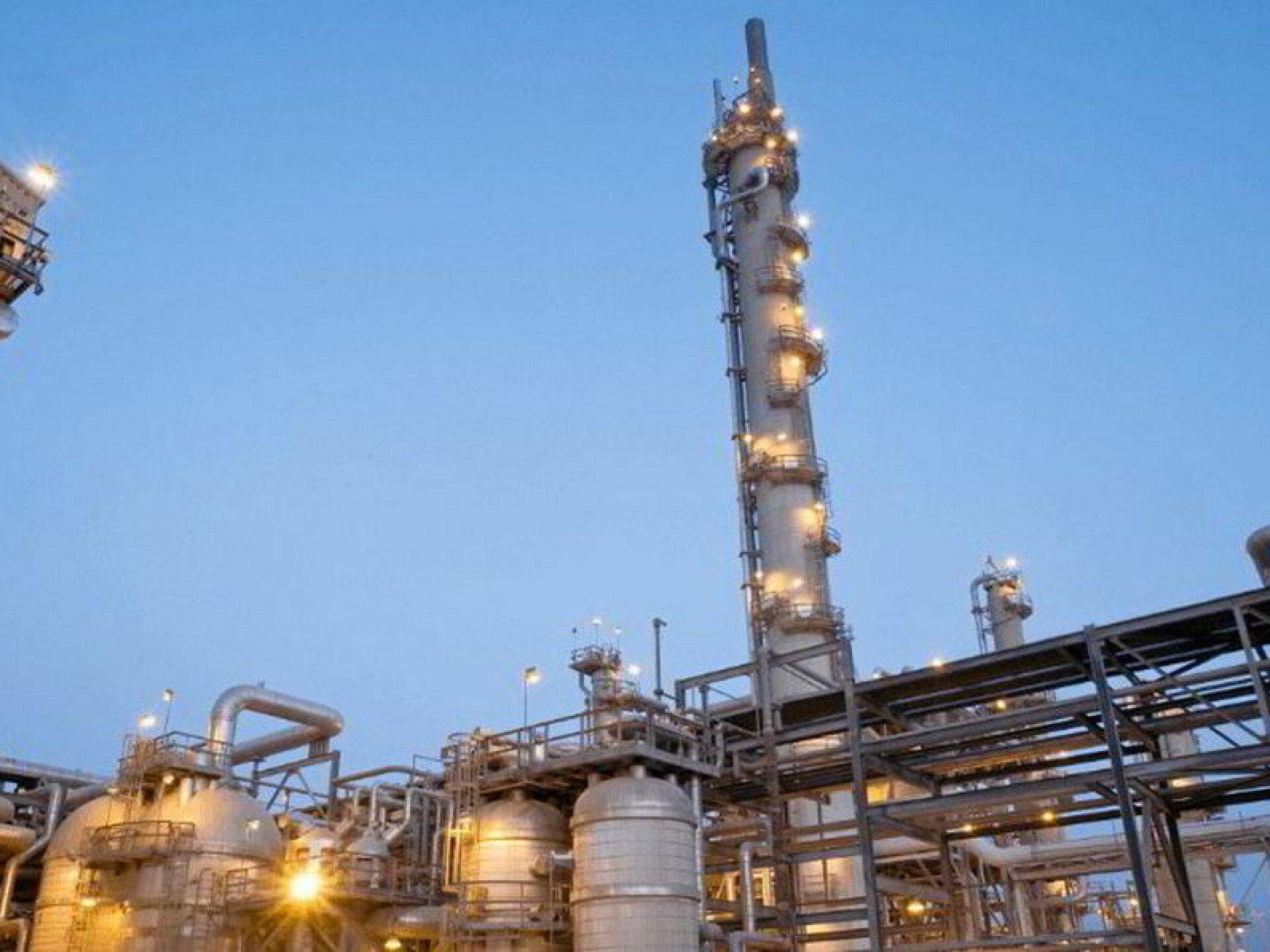
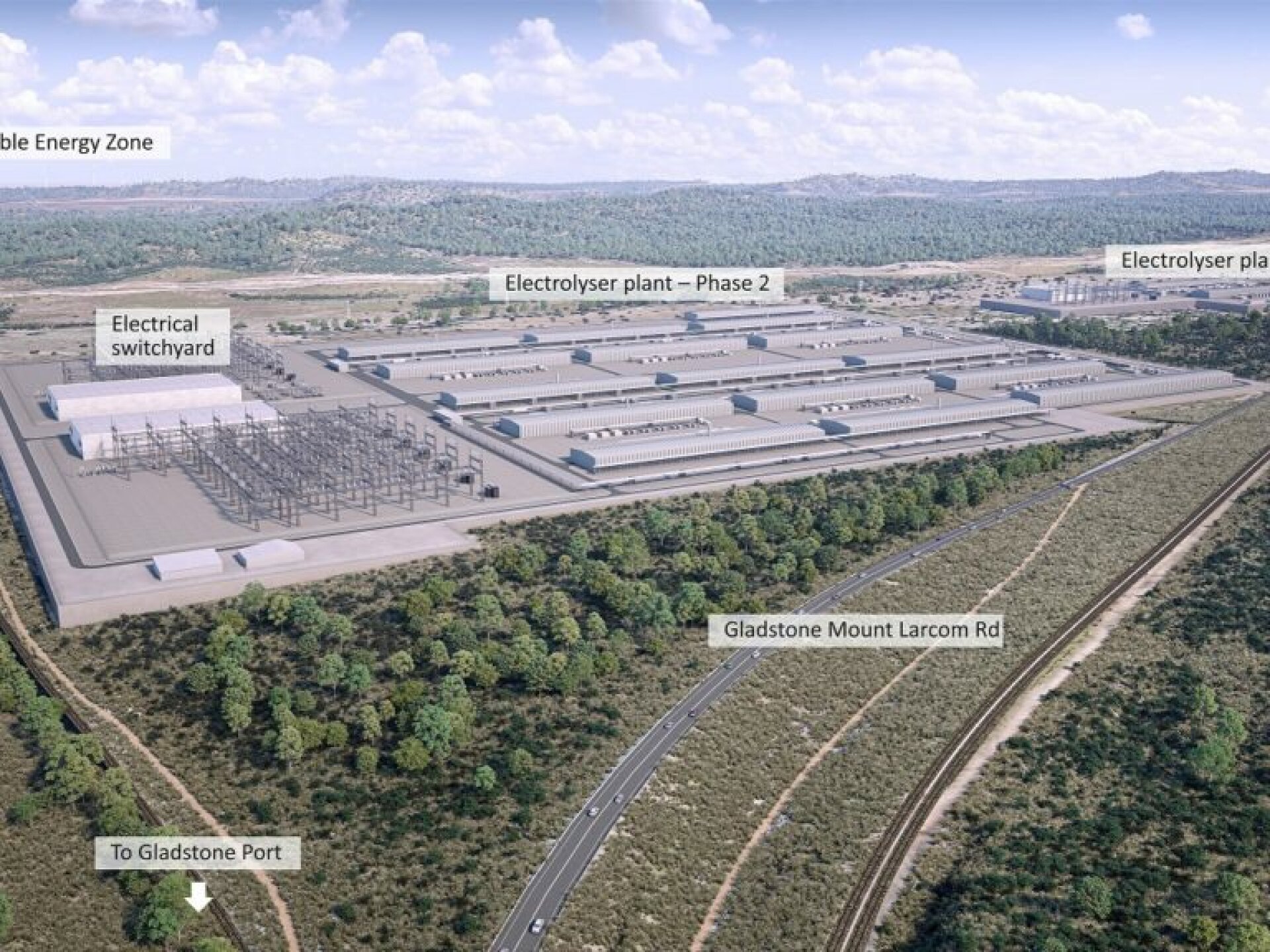
HydrogenPro Electrolyzer, Norway
The company HydrogenPro has installed what they call one of the ‘world’s biggest Electrolyzers’ in Herøya, Norway. This colossal system has a diameter of around 2 meters and has a power output of 1,100 Nm3/hour of hydrogen: “This equals 100 kg of pure hydrogen per hour, which will set a new standard for the industry” according to the manufacturer.
CQ-H2: Central Queensland Renewable Hydrogen Project
While not technically a simple ‘hydrogen generator’, the CQ-H2 is one of the largest hydrogen generation projects to date. The project promises to support more than 8,900 new jobs in the Queensland region of Australia, and is expected to deliver .2 billion in hydrogen exports. At its peak, CQ-H2 promises to generate over 3 GW of renewable hydrogen, using solar energy for electrolysis. This means over 800 tonnes of green hydrogen will be generated a day, with the top destinations of export being Japan and South Korea.
